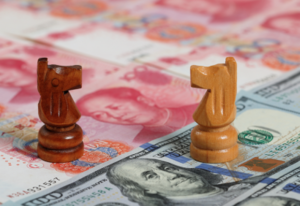
The election of Donald Trump raises a lot of questions for the U.S. solar industry. Trump hasn’t exactly been supportive of solar energy, but he hasn’t made it an explicit target of his ire either.
President Trump’s impact on the solar industry could come through trade policy, an area where the president has fairly wide latitude to make rules. If he labels China a currency manipulator, as he has promised, it would give him wide authority to draw up tariffs on Chinese imports, which he has suggested may be as high as 45 percent — although a 25 percent across-the-board tariff seems to be a more common proposal. Tariffs that high could have a mixed impact on the economy broadly, and could lead to a trade war between the world’s two biggest economies.
The booming U.S. solar industry — heavily reliant on China and other countries in Asia for low-cost supplies — is caught in the middle of this rhetoric.
There are already tariffs on Chinese solar products and materials. And the solar industry has already figured out how to deal with them. Given long-simmering tensions with China over solar, it’s likely that tariffs wouldn’t have a major impact on the solar industry. But it’s worth looking into, assuming Trump decides to provoke China further.
When it comes to trade, there’s rarely a simple single-order cause and effect. Trade follows something more like the butterfly effect, with broad impacts on the solar industry that would be both positive and negative.

